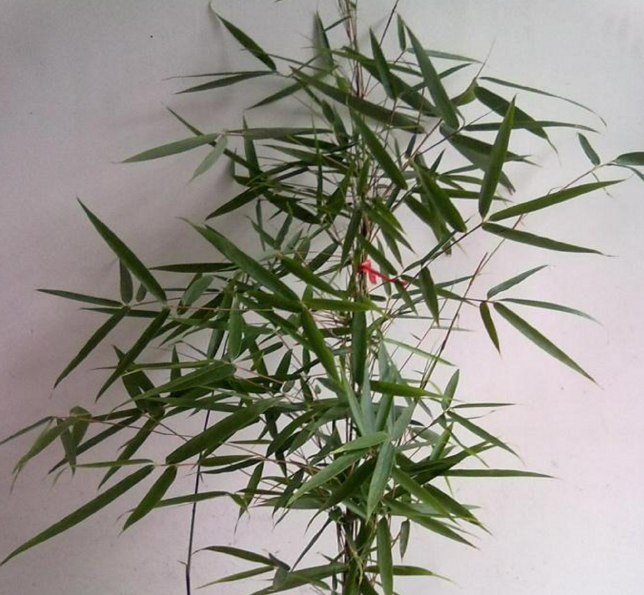Fargesia rufa Yi, which grows in the understory of subalpine dark coniferous forest and hinders tree seedlings regeneration,is one of the bamboo species that is a staple food of endangered giant pandas. However, little is known about the photoprotective and antioxidative processes of F. rufa that protect against oxidative damage caused by isolated and combined drought and salinity stresses. Drought and salinity are the two most common and frequently co-occurring abiotic stresses limiting plant productivity worldwide.
Researchers from Xishuangbanna Tropical Botanical Garden (XTBG) and Chengdu Institute of Biology conducted a study to determine whether F. rufa possesses efficient mechanisms to protect against photochemical damage and oxidative stress induced by drought and salinity. They further studied, if so, whether the same processes are invoked under different stress conditions.
The researchers investigated leaf ultrastructure, photosynthesis, light-energy partitioning, antioxidative capacity and lipid peroxidation in F. rufa plants subjected to isolated and combined drought and salinity treatments.
F. rufa plants displayed sharp decreases in net photosynthetic rate in parallel with relative water content, PSII activity, and pigment degradation under drought, especially under salinity and combined stress. Furthermore, an increase in intercellular CO2 concentration accompanied by stomatal conductance was observed under all stresses.
Drought was less damaging because the plants had higher thermal dissipation and the water-water cycle capacities, exhibited increases in the activities of superoxide dismutase / ascorbate - glutathione cycle enzymes, and maintained a favorable redox balance of ascorbate and glutathione
They also found that F. rufa plants invoked highly efficient protective mechanisms against drought-induced oxidative damage, most likely accelerating recovery of photosynthetic plasticity once the drought stress was relieved.
The results indicated that photosynthetic inhibition can largely be attributed to both diffusive resistance and metabolic impairment.
The study entitled “Photoprotective and antioxidative mechanisms against oxidative damage in Fargesia rufa subjected to drought and salinity” has been published in Functional Plant Biology.
Contact
LIU Chenggang Ph.D
Key Laboratory of Tropical Plant Resources and Sustainable Use, Xishuangbanna Tropical Botanical Garden, Chinese Academy of Sciences, Menglun 666303, Yunnan, China
E-mail: chenggangliu@hotmail.com

Fargesia rufa (Image by LIU Chenggang)

